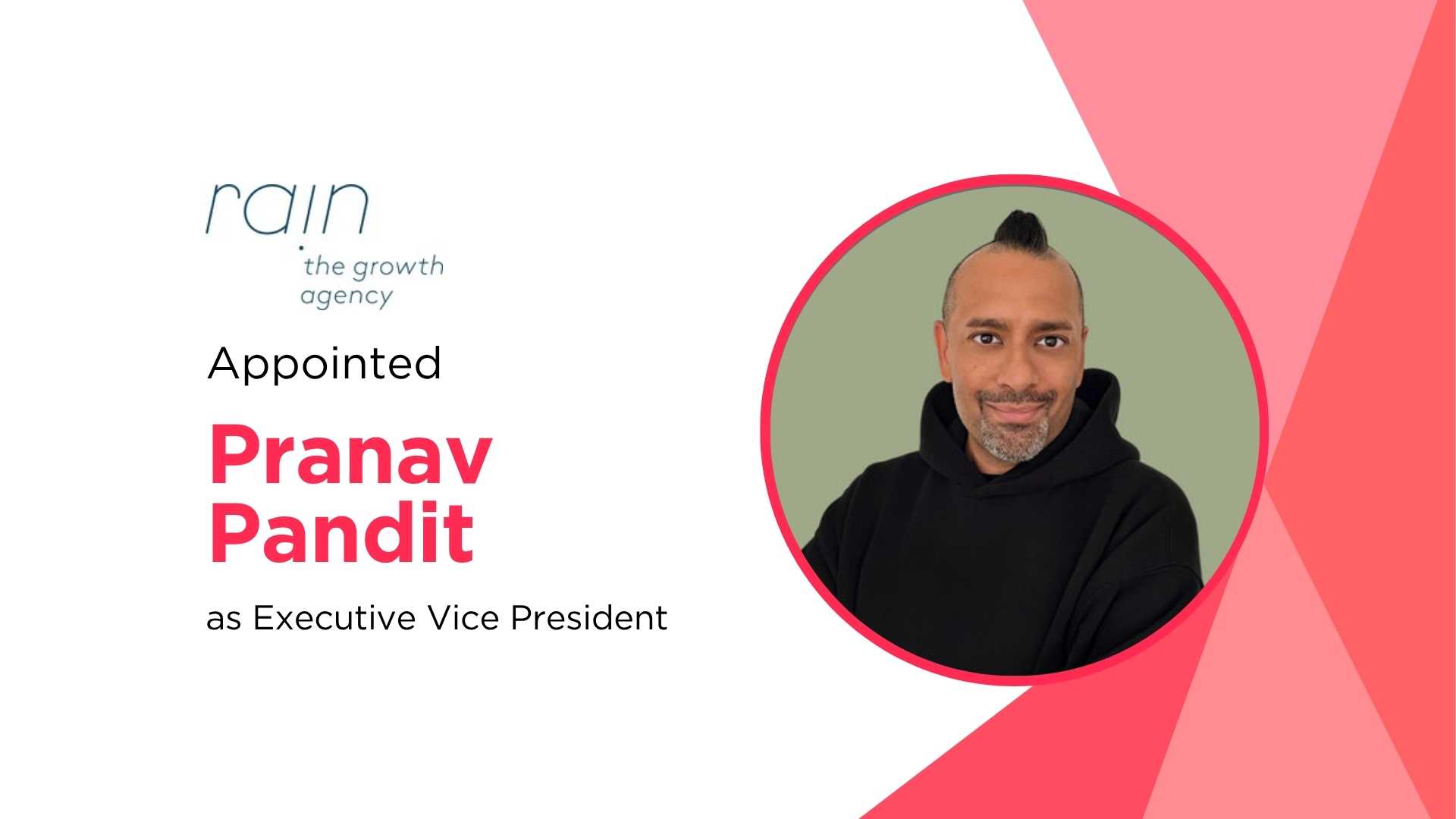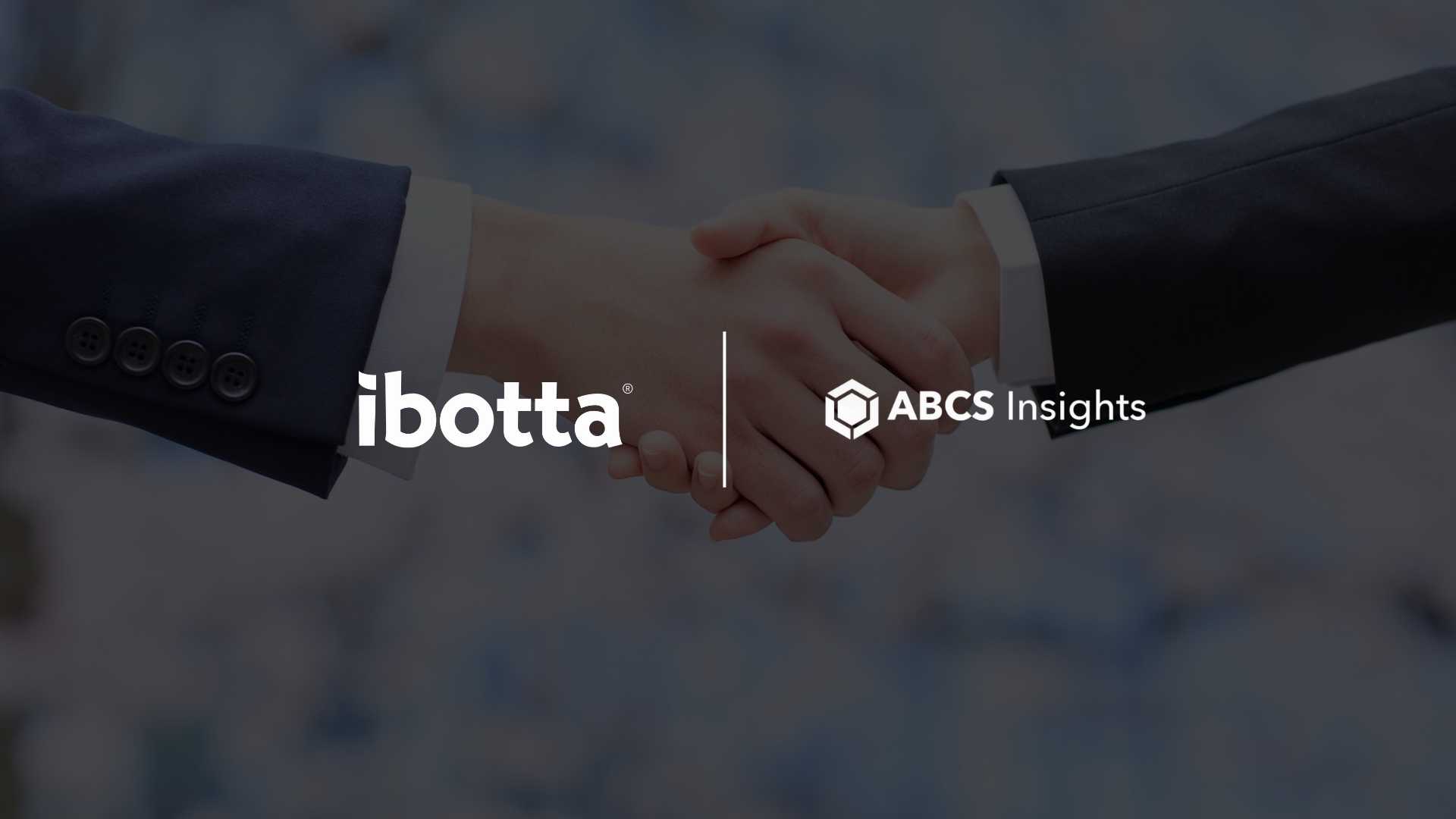Advertising has spent the last decade chasing automation, data, and scale—sometimes at the expense of how it actually feels. Enter AdGPT, the startup declaring itself the first to define and execute what it calls Vibe Advertising—an AI-powered approach to creative that emphasizes tone, mood, and cultural resonance as much as performance metrics.
This isn’t just another AI feature add-on. AdGPT is positioning vibe advertising as a new category in marketing tech—one it wants to own outright.
From Vibe Coding to Vibe Advertising
If “vibe coding” allowed developers to skip syntax in favor of natural language prompts, AdGPT says it’s doing the same for brand campaigns. Marketers don’t need to write detailed briefs or navigate creative jargon anymore. Instead, they describe a mood—say, confident, playful, or urgent—and AdGPT generates fully-formed, conversion-ready campaigns tuned to that emotional pitch.
“Too many businesses have been told that greatness is out of reach,” says founder and CEO Eilon Zarmon, a veteran ad executive with 25 years in the industry. “We say—it’s already in them. They just need the right system to bring it out.”
How It Works
AdGPT’s engine is trained on millions of high-performing ads backed by billions in media spend. But the company insists its differentiator isn’t just raw data—it’s the ability to interpret tone, pace, structure, and aesthetic feel. In other words, ads that don’t just work, but land.
That distinction could prove critical. As AI-generated creative floods the market, the winners may be the platforms that generate not only scalable content but also human-like resonance—the kind of work that feels like it belongs in the cultural moment rather than an A/B test spreadsheet.
Why It Matters
Marketing tech is in a race to balance efficiency with authenticity. Rivals like Adobe and Canva are already pushing AI-driven creative tools, while Google and Meta experiment with automated ad personalization. But none have explicitly staked out “vibe” as their differentiator.
If AdGPT’s vision holds, vibe advertising could become shorthand for a new era: campaigns that trade robotic polish for emotional precision. It may also challenge traditional creative agencies, which have long argued that human intuition can’t be bottled by algorithms. AdGPT’s bet? With the right training data, it can.
The Bigger Picture
The shift echoes a broader trend: AI platforms moving from productivity tools to creativity amplifiers. Just as vibe coding democratized app development, AdGPT believes vibe advertising will democratize campaign creation, letting brands of all sizes skip the process-heavy workflows and plug directly into connection.
For marketers weary of dashboards and diminishing returns, that pitch might feel like the right vibe indeed.



